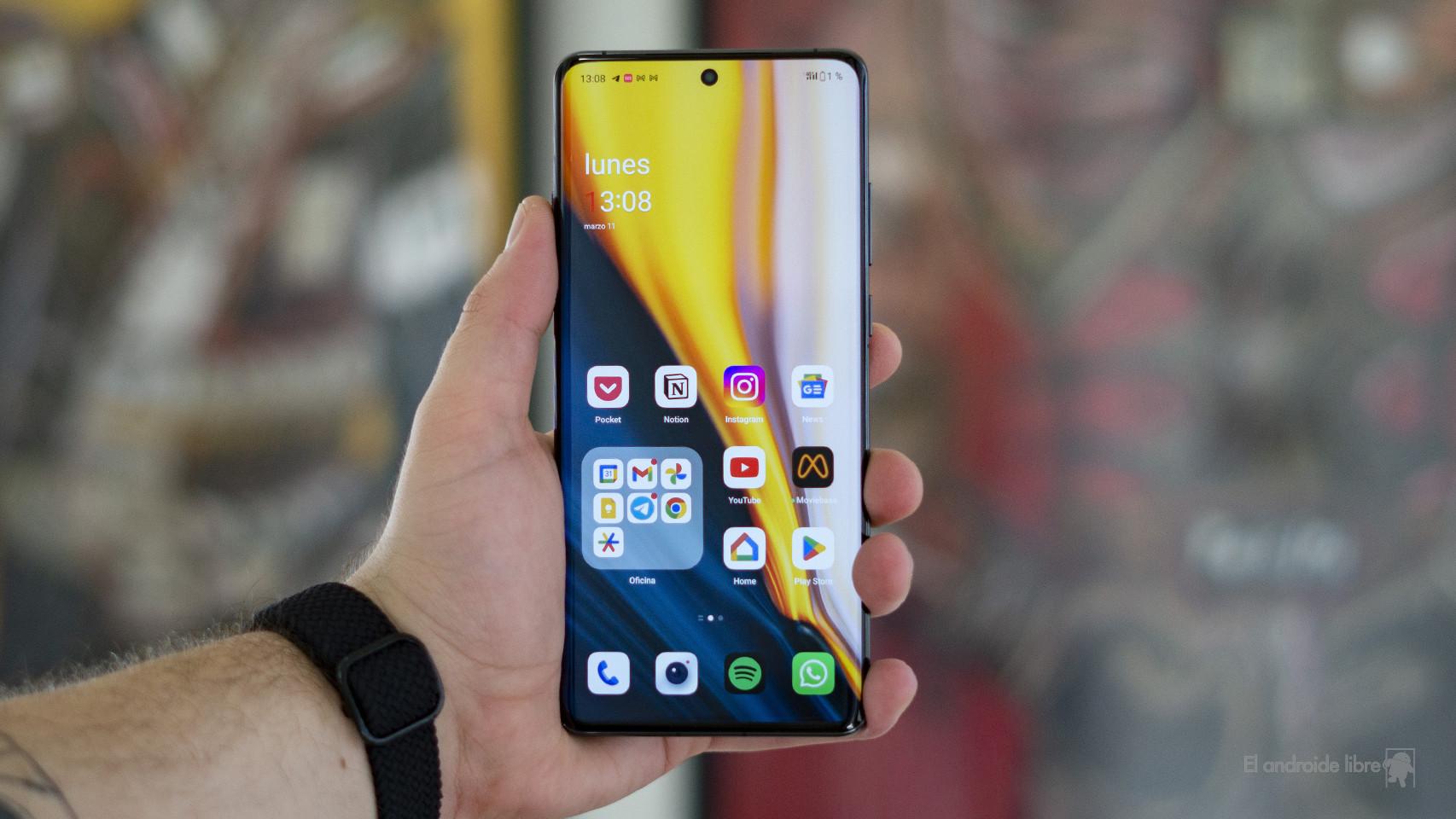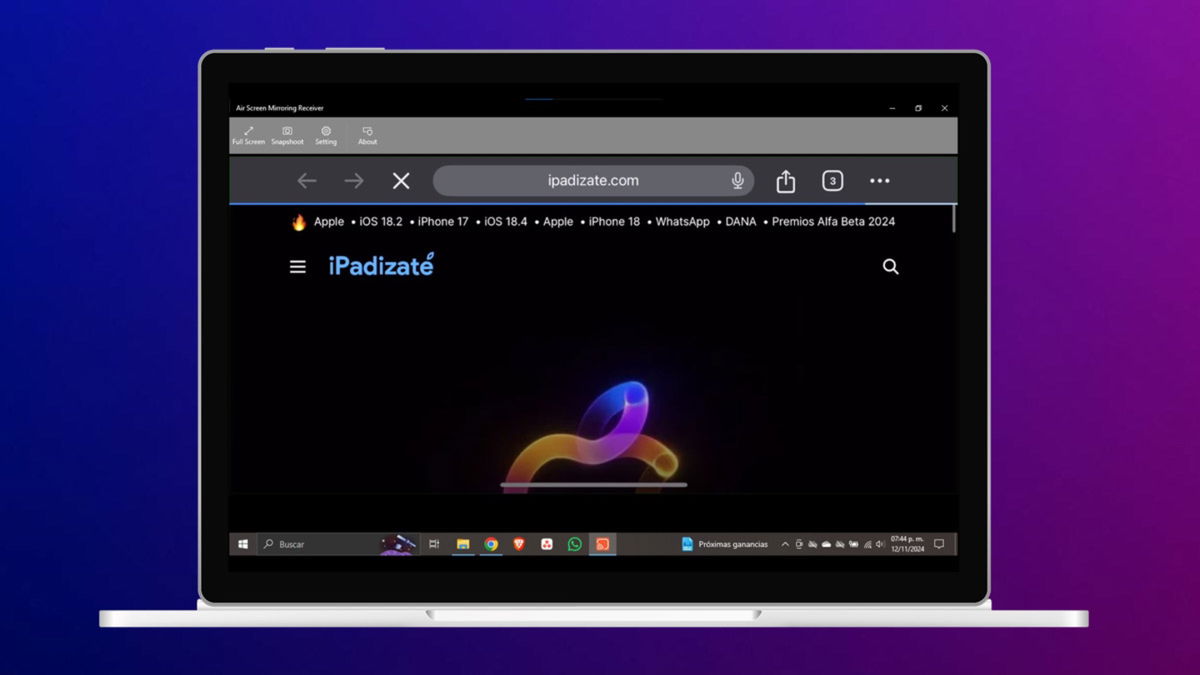The last quarter of the year in the smartphone sector is reserved for Chinese manufacturers; The vast majority have already presented their new devices and innovations, or will present them very soon. This week we talked about the presentation of OPPO’s ColorOS 15, and the next one will be the turn of its “sister”, OnePlus.
OnePlus has confirmed that will show OxygenOS 15 for the first time on October 24; so about a week after ColorOS. This is no coincidence, since the development teams of the two layers merged a few years ago to reduce costs; This also means that many new ColorOS features should also come to OxygenOS, although it remains to be seen what their differences will be. At the moment there don’t seem to be many.
OnePlus itself claims that OxygenOS 15 will be the moment when “Speed meets AI”revealing that the two highlights of the system will be exactly the same as those of ColorOS. Thanks to a new animation and memory management engine, ColorOS promises a very fluid system, and has worked on its own AI-based features; All of this should also appear in OxygenOS 15.
Just like the “inspired” parts of Apple’s iOS; even if that’s what the rumors suggest. According to leaks, OxygenOS will make OnePlus phones look like iPhones, with features such as a “dynamic island” in the front camera area or an identical volume control; The OnePlus is also expected to be able to take “live photos”, photos with movement like those of the iPhone.
OxygenOS 15 will likely debut with a new mobile phone, the OnePlus 13. A photo of the device has already leaked on social media, and highlights significant changes in the design compared to previous generations. Until now, OnePlus opted for a connected camera island on the side of the device, but that ends with the OnePlus 13, with a circle that houses the cameras and flash in a more central position.
OnePlus 13 image leak
Free Android
Next to the cameras we see the Hasselblad logo, but only the “H” and not the full name like until now. It also highlights a line that divides the top and bottom of the device, which could have significance in the design.
Omicron
As for the “hardware”, it will be a cutting-edge mobile phone based on the new Snapdragon 8 Gen 4 (which could be called Snapdragon 8 Elite). As for the cameras, it would use a Sony main sensor, a LYT-808 of 50 Mpx with image stabilization, accompanied by a wide angle and a periscopic camera with triple zoom, both with the same resolution of 50 Mpx.










